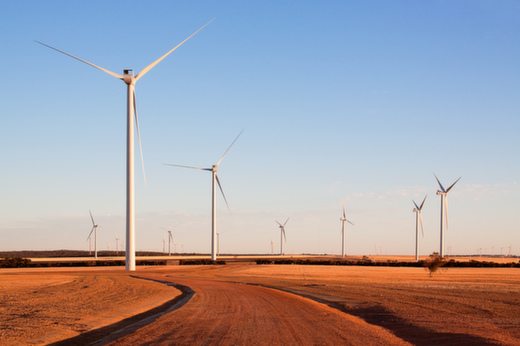The Australian Energy Market Operator has furthered its push for major and rapid reform in the West Australian electricity grid, citing events on the Good Friday holiday that it said were so challenging it has dubbed the day as “Bad Friday.”
A presentation was made by AEMO officials in Perth recently, highlighting the volatility from both the state’s growing rooftop solar capacity (now nominally the largest generator in the local grid), and its increasing amount of wind power.
In most grids, AEMO has argued, the current penetration of wind and solar that exists in W.A. may not be much of a problem. But because WA’s South West Interconnected System (SWIS) is isolated, and the archaic rules make many of the obvious solutions difficult to obtain, the operator is faced with growing problems.
It has warned that wholesale reform is required, and the state has responded by instigating a whole of system inquiry to go along side a distributed energy roadmap to try to manage and harness the growing amount of rooftop solar and distributed storage.
The “Bad Friday” presentation made to the WA Electricity Consultative Forum in late June was designed to reinforce how timely these investigations need to be, because of the challenges presented as a big front passed over in the early morning, accompanied by gusty winds up to 90kmh caused wind output to also swing dramatically and then clouds that caused rooftop solar output to also vary wildly.
The wind output looked like this.
And this was the output (see below) from rooftop solar, with great volatility as the clouds came over. This situation is likely to intensify as the amount of rooftop solar doubles, or even triples, in the next 10 years.
This in turn had an effect on demand.
- “The increasing level of penetration of rooftop PV and other renewable generation continues to increase the amount of volatility experienced on the power system,” the presentation noted.
-
- “Not only are average increases being seen, but the number of instances where short term challenges are being experienced, is also increasing. When the Western Australian weather forecast looks like this, AEMO’s Power System Operators continue to be challenged to respond to the new normal.”
-
- AEMO notes that both utility-scale renewables have provided low carbon, low cost energy and rooftop solar has provided customers with choice and reduced their bills and carbon footprint.
- “However, due to their variability and in the case of rooftop solar also having limited visibility and no control, they are resulting in challenges to power system operations (and market implications) such as those that occurred on Good Friday 2019.”
-
- Create a DER register and implement new technical standIt wants the DER roadmap to implement a new “Distribution System Operator” function, as well as creating a register of installations, and introducing new standards, notably on inverters.
- AEMO also wants a plan that will help identify new system requirements and optimised locations, as well as new rules and market signals that can ensure the storage that will be essential to managing the grid and enabling the ongoing connection of rooftop PV
-













